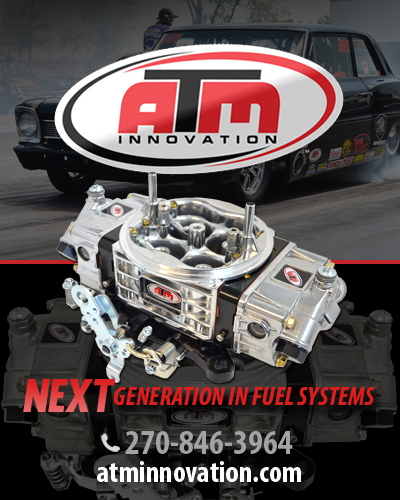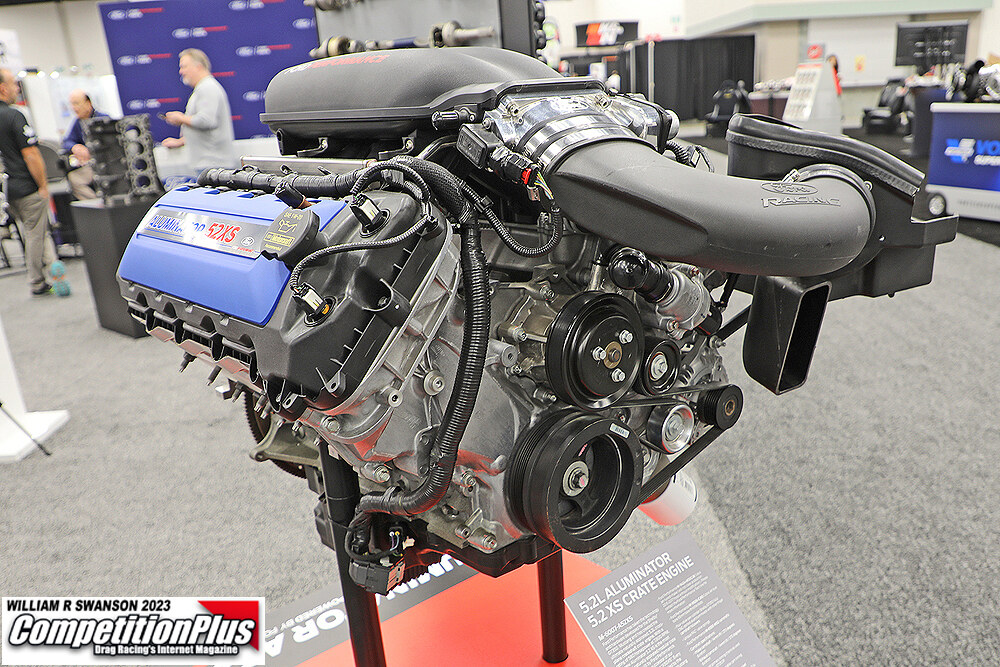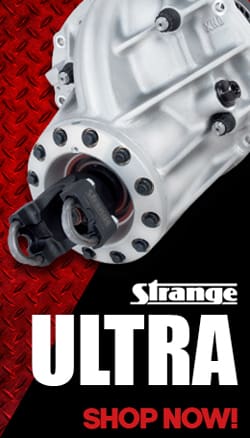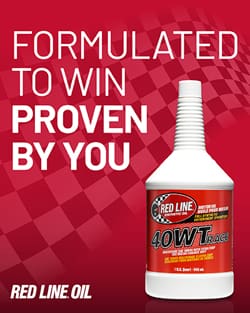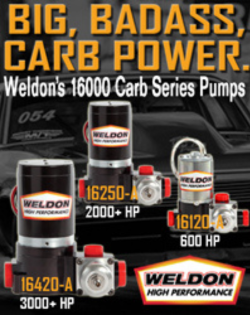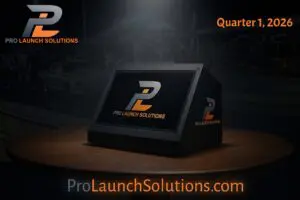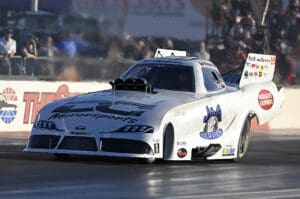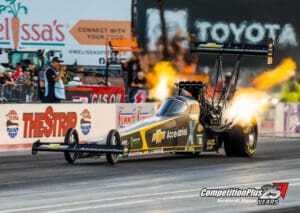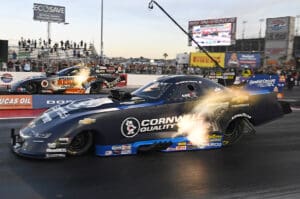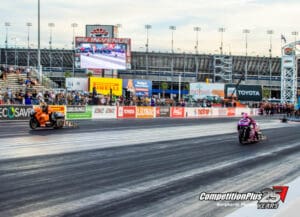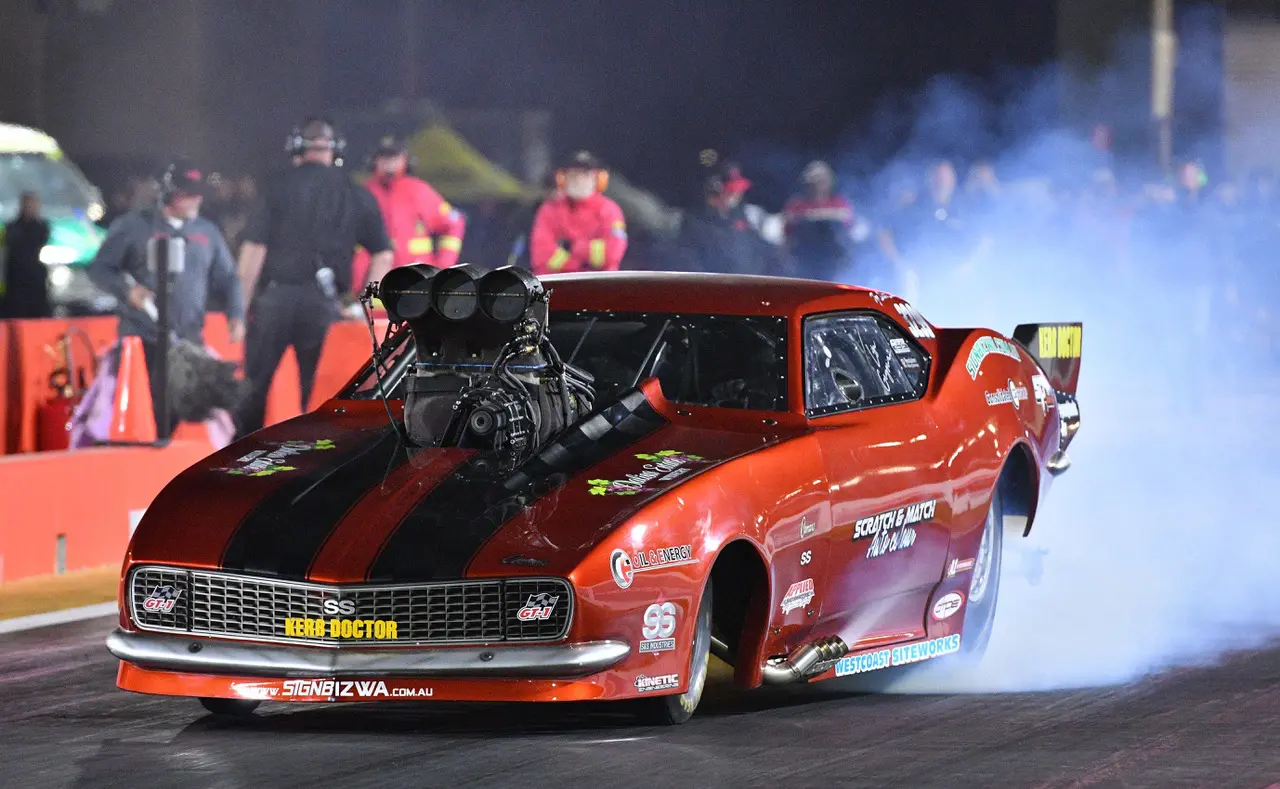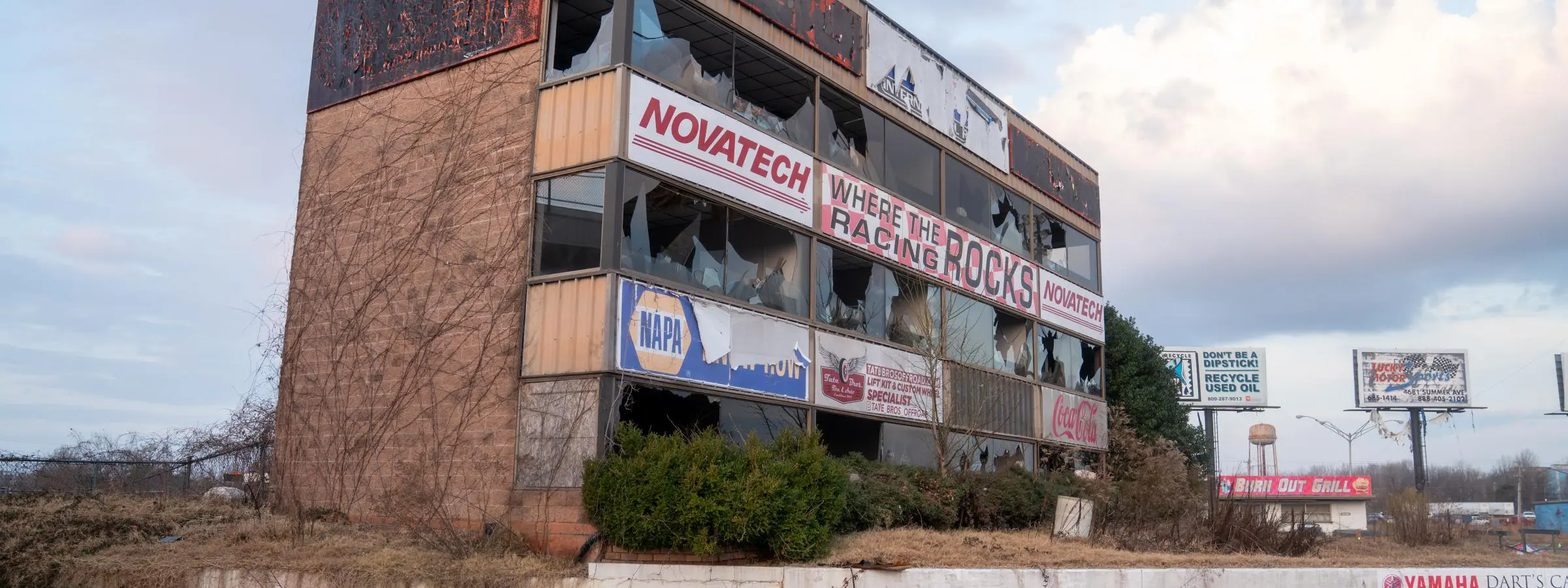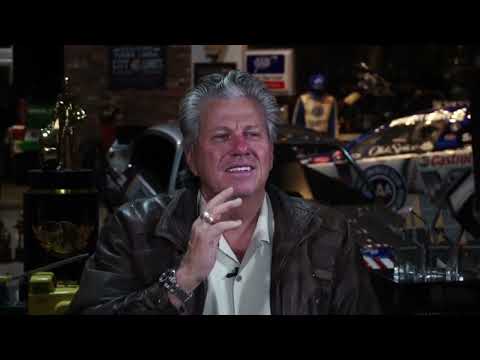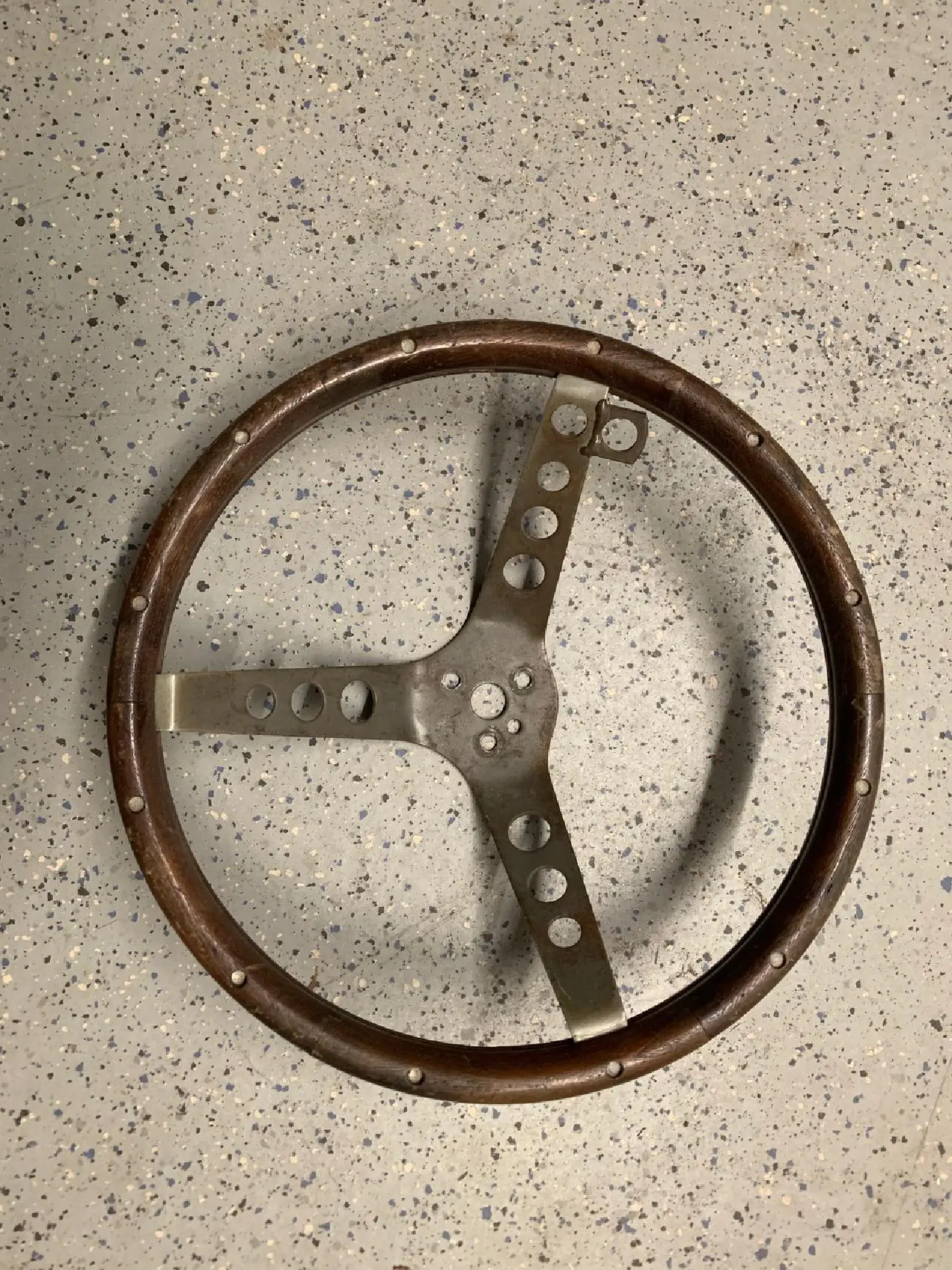 When Pro Stock Motorcycle riders compete at the NHRA’s 4-Wide Nationals in Charlotte, N.C., April 26-28, they must adapt to a rule change.
When Pro Stock Motorcycle riders compete at the NHRA’s 4-Wide Nationals in Charlotte, N.C., April 26-28, they must adapt to a rule change.
Following the season-opening and lone event the PSM riders have competed in so far this season – the Gatornationals in Gainesville, Fla., March 8-10 – a rule change was put into place by the NHRA tech department.
After Gainesville, the NHRA tech department switched from Sunoco Cyclone 17 to Sunoco SR18. SR18 and Cyclone were allowed through the Gators, but now all PSM riders must only use Sunoco SR18.
World championship crew chief Tim Kulungian, who campaigns Suzukis in the WAR camp, offered his thoughts on the latest rule change in the PSM class.
“There’s a back story, I don’t think many know, and it’s being half-told all over social media,” Kulungian said in an interview with CompetitionPlus.com. “In 2020, we had a tough time, and it had me scratching my head a bit. The engine wasn’t responding to changes. It was numb to any of the changes I was making. Most of the time when something like this happens first thought is something is broken. The problem was interesting. The motorcycle would run almost identical ET with extreme changes in our tune-up.”
Kulungian looked deeper into what was hampering his team’s performance to find some clarity, hopefully.
“After five of six races, I sent 2019 and 2020 fuel off to an independent laboratory to see if there was a difference,” he said. “They took all the fuel apart. They looked at each ingredient. After probably a 20 or 30-minute conversation with these engineers, we were about to hang the phone up, and they said, ‘The only difference is toluene.

When Kulungian heard the engineers’ words about toluene– an ingredient in Sunoco’s race fuels to increase octane – the light came on for him.
“I’m like, boy, Pro Stock cars aren’t off on ET, and the V-twins are doing okay,” Kulungian said. “So, then I learned all about toluene. And basically, it’s an ingredient in fuel that slows the burn rates down. It makes for a slower burning fuel. The inline four has a much higher average RPM compared to the V-twin. We have much less time to start and finish each combustion. We were very successful with SR18 previously (Before 2020) We set records. Come 2020, we hit a brick wall. It affected mostly just inline fours because they’re higher revving engines. So, during the 2020 offseason, coming into ’21, we got with NHRA, and they allowed fuel that didn’t have toluene in it.
“So that’s where the Cyclone 17 came from, which is the red gas. The yellow gas can be very competitive in inline-four so long as it doesn’t have an extraordinary amount of toluene in it,” Kulungian said. “Keep in mind, in drag racing, the measuring stick is very small. The race is 1,320 feet, and we get an E.T. slip that tells us incremental numbers. Small changes make a big difference at the finish line.
“So, the amount of power you make, and when you make it, and how quickly you accelerate your vehicle has a huge role in the outcome. NASCAR, Formula1, IndyCar, these races are much longer, and may have other variables.”












